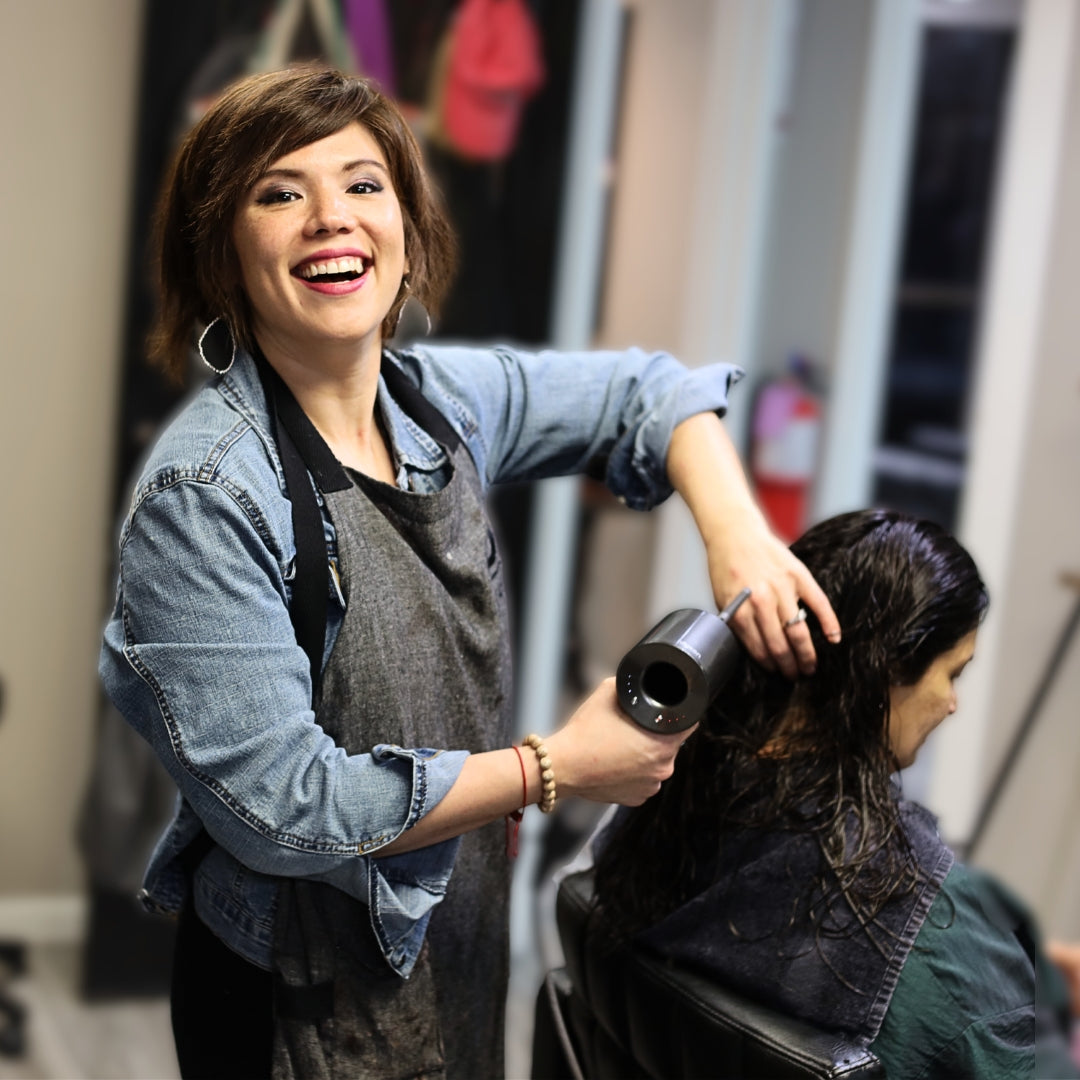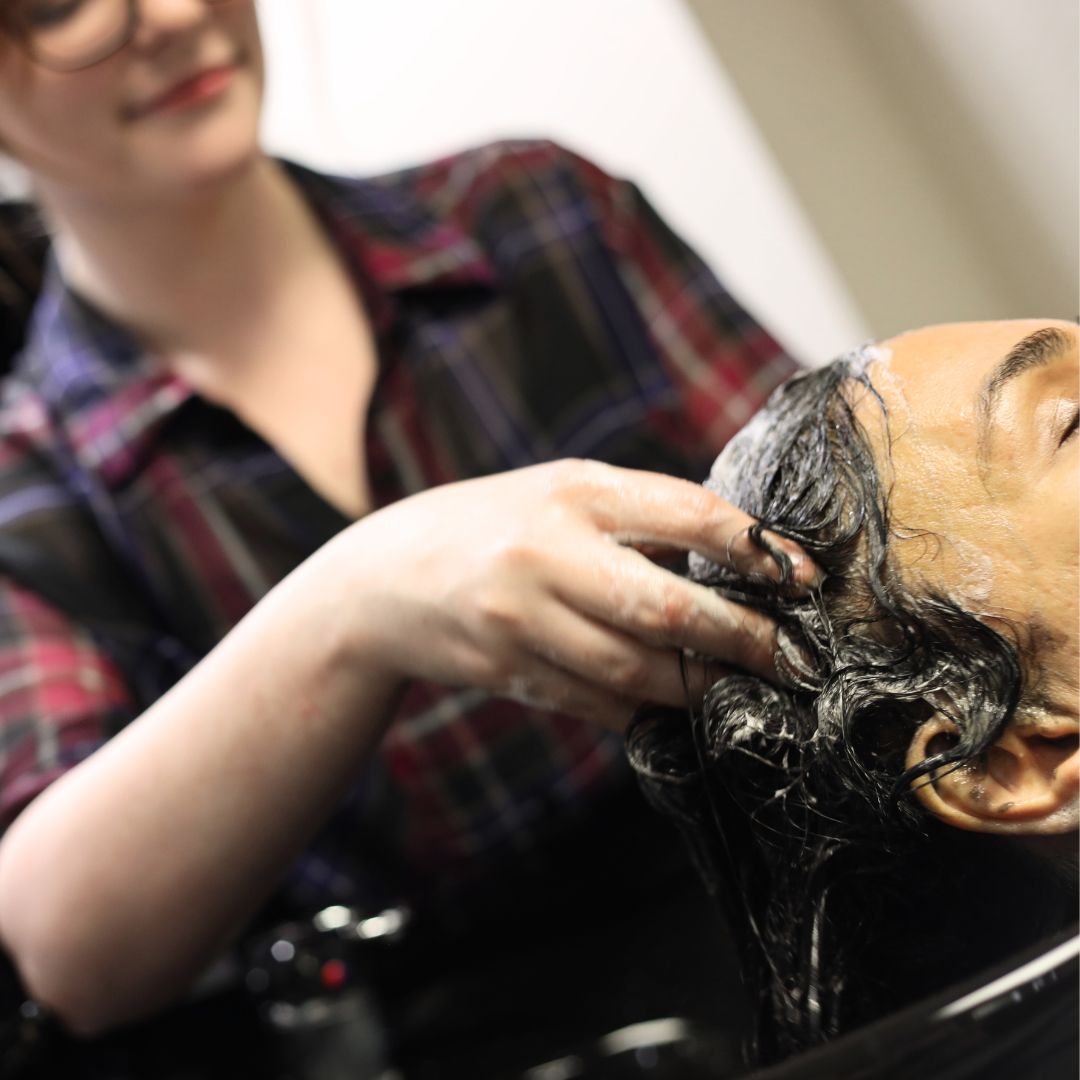Sulfates in Shampoos: When They Are Safe for Your Hair

In the quest for luscious, healthy hair, sulfates have sparked a heated debate, leaving many to wonder about their role in hair care. Sulfates, particularly found in popular products like clarifying shampoos and labeled as sodium lauryl sulfate, are at the forefront of this discourse. Their presence in hair care regimens raises questions about safety and benefits, underlining the importance of making informed choices in what we apply to our hair. This critical examination of sulfates is not just about cosmetic beauty; it’s about understanding the impact of these ingredients on our hair's health and the environment, thereby making a substantial statement on personal care.
This article will dive into the intricacies of sulfates, unpacking their nature, usage, and effects on hair care. Initially, we'll explore what sulfates are and their primary roles in hair care products, setting the stage with factual information. Following that, an examination of why sulfates may be considered harmful will provide a balanced view, highlighting concerns while also touching on the undeniable benefits sulfates bring to the table, such as their effectiveness in clarifying shampoos. Then we will dive into identifying when and who should ideally avoid sulfates, offering empowerment through knowledge. In navigating this enlightening path, our goal is to equip you with the insights needed to make informed decisions about using products containing sulfates in your hair care routine, fostering a harmonious balance between beauty and well-being.
Understanding Sulfates in Hair Care Products

What are Sulfates?
Sulfates are synthetic surfactants primarily used as cleansing agents in various products, including shampoos. These chemicals, such as sodium lauryl sulfate (SLS) and sodium laureth sulfate (SLES), are known for their ability to create a rich lather, effectively removing oil, dirt, and residue from hair. When mixed with water, sulfates provide the foamy texture that many associate with a thorough cleanse.
Common Types of Sulfates
The most prevalent sulfates in hair care products are sodium lauryl sulfate, sodium laureth sulfate, and ammonium laureth sulfate. Each type serves a similar purpose—to cleanse by reducing the surface tension of water, allowing it to mix and capture grime from hair and scalp. While SLS is known for its strong detergency and is derived from sources like petroleum or plant oils, SLES is considered milder and less likely to irritate the skin. Ammonium laureth sulfate, with a larger molecular structure, tends to be gentler than SLS. These variations allow consumers to choose products based on their specific hair care needs and sensitivity levels.
Important Note: Every single shampoo that contains sulfates here at Ippodaro Natural Salon ONLY have safe sulfates.
Why Sulfates May Be Considered Harmful
Sulfates, particularly sodium lauryl sulfate and sodium laureth sulfate, are prevalent in shampoos for their potent cleansing properties. However, their strength in stripping away dirt and oil can also lead to adverse effects, particularly for individuals with sensitive skin or specific hair types. That said, sulfates are ok as long as you use them in moderation. It depends on how your body responds to it along with your hair.
Skin Irritation
Sulfates are so effective at cleaning that they can remove essential moisture from the hair and scalp. This over-cleansing can leave hair dry and brittle, and the scalp irritated and flaky. For those with skin conditions like eczema or rosacea, sulfates might exacerbate symptoms such as redness, itching, and flaking. Moreover, the harshness of sulfates can strip color-treated hair faster and diminish the effects of treatments like keratin smoothing.
For those that do have eczema, rosacea, or sensative skin as a whole, we strongly recommend using OWAY’s Soothing Hair Bath. This particular shampoo will effectively clean the hair and scalp without irritating the skin!
Effects on Different Hair Types
When overusing shampoos containing sulfates, consider the fact sulfates are removing the natural oils from your scalp which will leave the hair dry and brittle and could cause hair loss when brushing. Therefore, people with dry, curly, or frizzy hair should be particularly cautious.
For these individuals, sulfate-free shampoos might seem like the best route. However, there is no research or facts proving that sulfate free shampoos is a cleaner (healthier) or gentler option on your hair or scalp.
Sulfate free shampoos may contain ingredients like Sodium V14 16 Olefin Sulfonate. This particular chemical have a higher rating on some products. However, according to EWG, this chemical is equivalent to sulfates in regards to the negative impacts hair and scalp health. The primary difference between Sodium V14 16 Olefin Sulfonate and commonly used sulfates is the cross contamination is Gamma sultone, which based on research causes high irritation levels on skin.
-
sodium c14-16 olefin sulfonate: rating 1-2 . Use restrictions(low), non-reproductive organ system toxicity (moderate), and contamination concerns (high)
-
Gamma sultone for contamination concerns: which can cause high irritation levels on the skin when overused. Classified to be toxic or harmful if overused for long periods of time.
-
sodium lauryl glucose carboxylate: rating level 1. Irritation (skin, eyes, or lungs) (moderate). Limited evidence of any irritation.
-
sodium cocoyl isethionate: rating level 1. Use restrictions (low). Determined safe to use in cosmetics
-
disodium laureth sulfosuccinate: rating level 3
Some of the products we suggest using that are safe even when containing sulfates are:
- Oway Shampoos
- Malibu Un-Do-Goo
- Verb Shampoos
- Routine Hair Shampoos
*** As stated above, every single product we carry at Ippodaro Natural Salon have been carefully selected. These products are safe, even when containing sulfates.
Benefits of Using Sulfates

Sulfates, recognized for their robust cleansing capabilities, are indispensable in shampoos for those desiring a deep clean. Acting as powerful chemical detergents, sulfates like sodium lauryl sulfate and sodium laureth sulfate excel in removing excess oil and dirt. This attribute makes them particularly beneficial for individuals with oily hair. By creating a tension between the shampoo and the dirt, sulfates ensure that oil and impurities are efficiently washed away, leaving the hair exceptionally clean.
Effective Cleaning
Sulfates are celebrated for their unmatched ability to cleanse. These agents bond with both water and oil, which allows them to penetrate wet hair deeply and strip away grime and buildup. This results in a thorough cleansing experience, often necessary for maintaining scalp health and hair vitality, especially in environments exposed to pollutants and extensive product use.
Satisfying Lather
Beyond their cleansing power, sulfates contribute to the sensory satisfaction of shampooing by producing a rich, luxurious lather. This lather not only signifies cleanliness but also enhances the overall shower experience. The foam generated by sulfates helps evenly distribute the shampoo across the scalp and hair, ensuring no area is left untouched. Additionally, the lather from sulfates has visual and tactile appeals, making users feel more thorough in their hair cleansing routine.
Conclusion
In conclusion, while sulfates serve a pivotal role in achieving clean, vibrant hair for some, they can pose challenges for others, especially those with sensitive skin or specific hair care needs. The impetus is, therefore, on each individual to assess their unique hair and scalp requirements, leveraging the insights presented in this article to make choices that best align with their health and beauty aspirations. By doing so, we advocate for a more personalized approach to hair care, one that embraces the diversity of our needs and fosters well-being through informed and conscientious decision-making.



